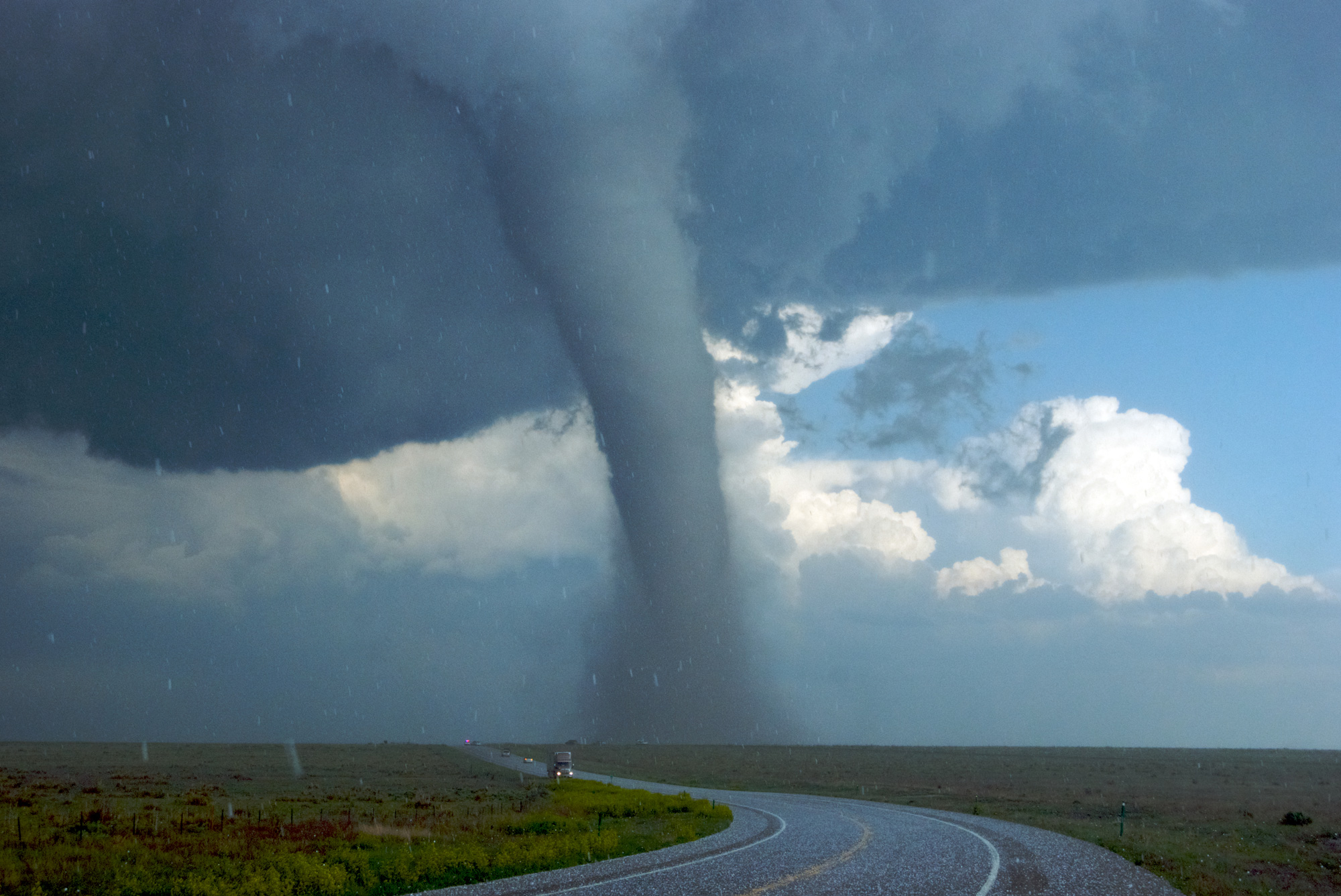**How to Tell if a Tornado is Coming**
Tornadoes are one of nature’s most devastating and unpredictable forces. Being able to detect the signs of an approaching tornado can mean the difference between life and death. In this article, we will explore some key indications that can help you determine if a tornado is coming and what actions you should take to protect yourself.
**Signs of a Tornado**
Tornadoes often develop quickly and without much warning. However, there are several signs that you can look out for to assess the likelihood of a tornado forming in your area.
**1. Dark and Greenish Sky**
One of the most distinct signs of an approaching tornado is a dark and greenish sky. This unusual coloration is caused by the increased moisture in the air, which can be indicative of a severe thunderstorm associated with tornado formation. If you notice the sky taking on this ominous appearance, it’s a strong indication that you should take immediate shelter.
**2. Rotating and Funnel-Shaped Clouds**
Tornadoes are typically accompanied by funnel-shaped clouds that rotate in a counterclockwise direction. These potentially deadly vortexes can range in size from a few meters to over a kilometer in diameter. If you spot a rotating and funnel-shaped cloud, it’s a clear sign that a tornado is forming. Take shelter immediately and stay away from windows.
**3. Loud Roaring or Train-Like Sound**
Tornadoes are known for producing a distinct roaring sound that has been compared to a freight train. This noise is caused by the high winds rushing through the surrounding area and can be heard even if the tornado is some distance away. If you hear this ominous sound, it’s a clear indication that you need to seek shelter immediately. Don’t wait for visual confirmation of the tornado.
**4. Debris in the Air**
Tornadoes can pick up debris from the ground and carry it high into the air. If you see a large amount of dust, leaves, or other objects swirling in the sky, it’s a strong indication that a tornado is nearby. Take shelter immediately and avoid going outside until the danger has passed.
**5. Change in Wind Patterns**
Tornadoes are often accompanied by strong and erratic wind patterns. Before a tornado hits, you may notice a sudden change in wind direction and intensity. The wind may start to gust in different directions or become calm and still. If you experience this sudden shift in wind patterns, it’s a sign that you should take cover immediately.
**Actions to Take if a Tornado is Coming**
Once you’ve recognized the signs of an approaching tornado, it’s crucial to know what actions to take to protect yourself and your loved ones. Here are some key steps you should follow:
**1. Seek Shelter in a Sturdy Building**
The safest place to be during a tornado is in a sturdy building, preferably in a basement or an interior room on the ground floor. Stay away from windows and exterior walls, as they can shatter due to high winds and flying debris. If you don’t have access to a basement, find an interior room without windows, such as a closet or bathroom, and take cover there.
**2. Stay Informed**
Keep yourself updated about the tornado’s progress by listening to a weather radio or following updates on your mobile device. Pay attention to any emergency alerts or warnings issued by local authorities. Having access to accurate and timely information can help you make informed decisions and stay safe during a tornado.
**3. Have an Emergency Kit Ready**
Prepare an emergency kit that includes essential supplies such as non-perishable food, water, a first aid kit, flashlight, batteries, a portable phone charger, and any necessary prescription medications. Keep your emergency kit easily accessible so that you can grab it quickly in the event of a tornado.
**4. Stay Calm and Reassure Others**
During a tornado, it’s natural to feel scared and anxious. However, it’s important to stay calm and reassure others, especially children and the elderly. Panicking can cloud your judgment and hinder your ability to make rational decisions. By remaining calm and composed, you can provide a sense of security to those around you.
**Frequently Asked Questions**
**Q: Can tornadoes occur at night?**
Yes, tornadoes can occur at any time, including at night. In fact, tornadoes that form after dark can be particularly dangerous, as they are more difficult to see and may catch people off guard. Make sure to have a reliable method of receiving weather alerts, such as a weather radio, even while you’re sleeping.
**Q: How long do tornadoes typically last?**
The duration of a tornado can vary greatly. Some tornadoes only last for a few minutes, while others can persist for over an hour. The average lifespan of a tornado is around 10 minutes. However, it’s important to remember that even a short-lived tornado can cause significant damage, so it’s crucial to take immediate action when a tornado is approaching.
**Q: What should I do if I’m caught outside during a tornado?**
If you find yourself caught outside during a tornado and there is no nearby shelter available, try to find a low-lying area such as a ditch or culvert and lie flat on the ground. Cover your head with your hands to protect it from flying debris. Avoid seeking shelter under highway overpasses as they can create a wind tunnel effect and increase the risk of injury.
**Final Thoughts**
Knowing how to tell if a tornado is coming and taking appropriate action can save lives. By recognizing the signs of an approaching tornado and following the recommended safety precautions, you can minimize the potential risks and protect yourself and your loved ones during severe weather events. Stay informed, stay safe, and be prepared for any situation that may arise.
